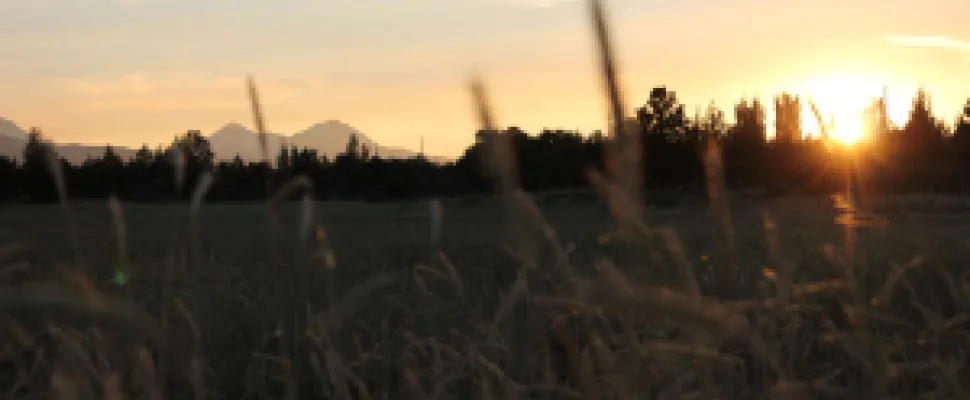
The Land We Live On
In both real estate and life in general, trends can come and go in cycles. For instance, during the often-turbulent period of the1960’s, there was a very strong undercurrent. Many younger people were “dropping out.” Some of these turned to the comfort of rural spaces and land with strong ideals of immersion into organic farming, and an overall higher level of self-sufficiency. They saw this movement as a saner alternative in contradistinction to what they felt was a lack of meaning and the periodic chaos of the era. They also yearned for something that could insure the provision of physical basics, such as food, shelter, and relative safety. Adding much to the calling of the land was the option of being able to raise a few of their own animals, and to be very close to recreational and adventure opportunities. It was intelligently procured and cared-for land that was capable of providing for these needs and helped to fulfill their dreams.
During the present time in Oregon, there are once again many people of widely varying ages who realize anew that land is a limited, precious, and very desirable resource. It is no accident that the preamble of the National Association of Realtors states it very well:
“Under all is the land. Upon its wise utilization and widely allocated ownership depend the survival and growth of free institutions and of our civilization.”
So often when people think of real estate, understandably the first thing that comes to mind is a house; everyone needs shelter. However, it is the land that is the foundation for all else that follows. The story of history is entire nations have risen and fallen depending on how they held onto and cared for their lands. In some countries around the world it is extremely difficult for private citizens to acquire land. Some countries make it virtually impossible. We are so amply blessed in this country with multitudinous options to both purchase and utilize this irreplaceable resource.
The challenge at times can be locating land that will match specific needs and dreams. Scarcity can be a factor as well, in that “they are not making any more land.” In fact, depending on where one resides, governments may control a major percentage of the territory. For example, in Nevada the federal government alone owns 84.5 % of the available land supply. In Oregon, the percentage of land owned by the federal government is 53.1 %.
A sub trend both nationwide and here in Oregon is that some families and individuals are considering the sale of their current homes, with the aim of acquiring a larger parcel of land in a more rural area, even if it requires a smaller home with fewer frills. A certain percentage of Oregonians are coming to the realization that there may be just as much (or more) long-term value and security in the land as the structure that sits on it. In addition, some are moving from areas where they don’t like the deterioration of neighborhoods.
After all is said and done, the land remains as the foundation for our economies, our physical and psychological health, and everything else that we create. In the years to come, usable land may become even scarcer due to various political, economic, ecological shifts, or even the occasional natural disaster that denudes an area for a significant amount of time. May we deeply treasure and take great care of this special land of Central Oregon that we call Home!
